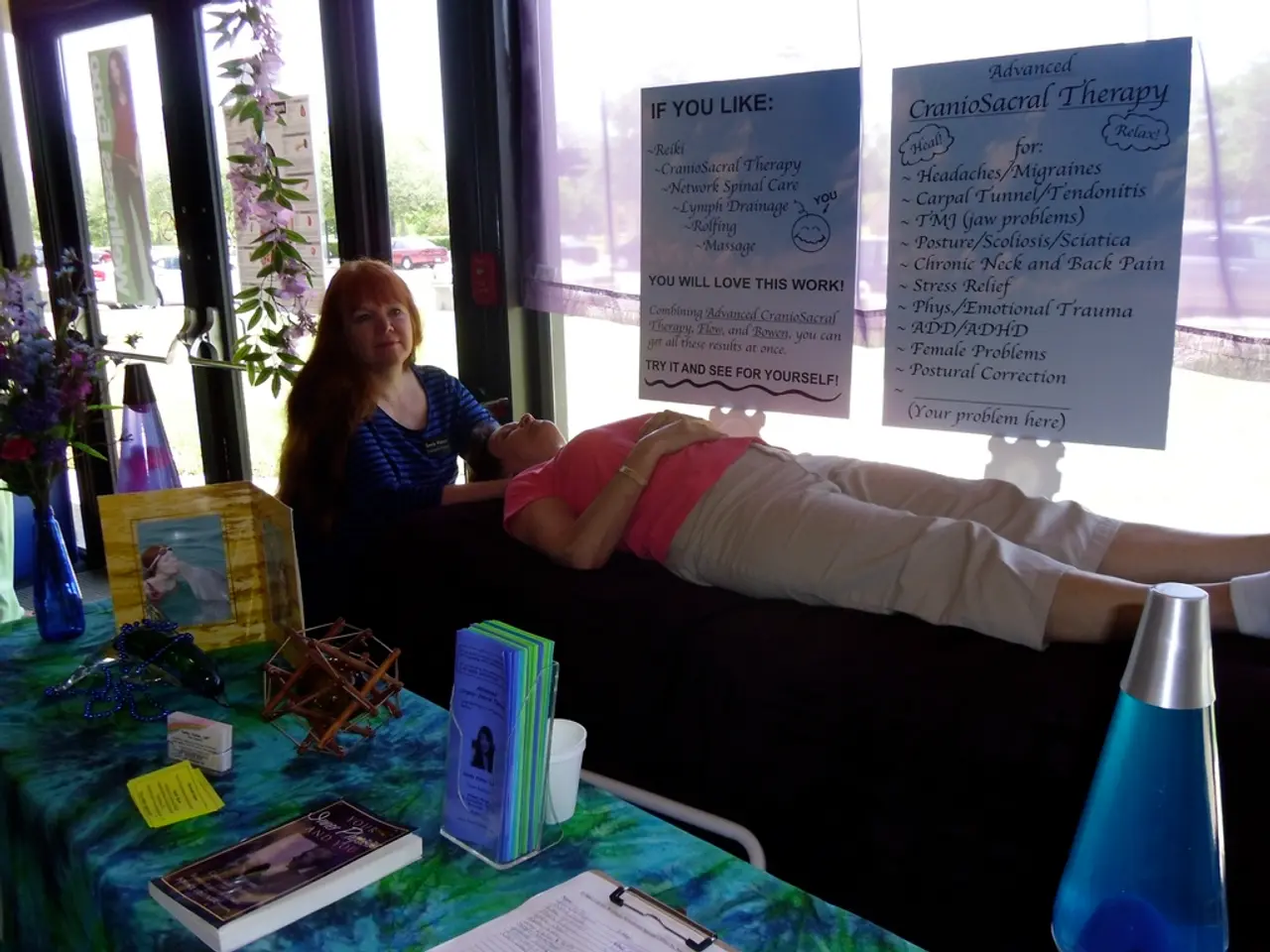Differences, Similarities, and Further Insights: Comparing Dystonia and Chorea
Dystonia and chorea are two distinct movement disorders that can significantly impact a person's daily life. These conditions, while sharing some similarities, have different causes, risk factors, and treatment options.
Causes
Dystonia is characterised by abnormal muscle contractions leading to twisting or repetitive movements, or abnormal postures. The underlying cause often lies in dysfunction within brain regions controlling movement, particularly the basal ganglia. Some specific causes include:
- Genetic predisposition, such as the PRKN gene linked to Parkinson’s-related dystonia
- Environmental triggers like head trauma, childhood illnesses, or eye diseases
- Parkinson’s disease itself or levodopa treatment in PD patients
- Neuroinfections such as neurocysticercosis affecting basal ganglia or thalamus
- Drug-induced causes, particularly with high-potency antipsychotics
On the other hand, chorea consists of rapid, involuntary, irregular movements that flow randomly. It can arise from brain lesions in the subthalamic nucleus, thalamus, or caudate nucleus, often seen in neurocysticercosis or other basal ganglia disorders. Additionally, genetic conditions like Huntington’s disease and immune or post-infectious processes can cause chorea.
Risk Factors
For dystonia, risk factors include:
- Genetic predisposition (e.g., Parkinson’s disease genes)
- Environmental exposures like head trauma or certain illnesses
- Young age and male gender increase the risk of dystonic drug reactions
- Use of specific medications such as high-potency antipsychotics or levodopa in PD
For chorea, risk factors include:
- Brain injuries or infections affecting relevant brain regions (thalamus, basal ganglia)
- Underlying neurological conditions that affect motor control circuits
- Neurocysticercosis or other parasitic/inflammatory CNS diseases
Treatments
Treatment for both dystonia and chorea focuses on symptom control and addressing the underlying cause.
For dystonia, treatments include:
- Oral medications such as anticholinergics, muscle relaxants, and dopamine agents depending on the cause
- Botulinum toxin injections for focal dystonias
- Advanced therapies like deep brain stimulation in progressive or severe cases
- Avoidance or adjustment of causative medications (e.g., levodopa or antipsychotics)
For chorea, treatments include:
- Oral drugs like tetrabenazine, dopamine-depleting agents, or neuroleptics when appropriate
- Addressing infectious or inflammatory causes with antiparasitic or steroid therapies, as in neurocysticercosis
- Supportive multidisciplinary rehabilitation including physical and occupational therapy
In cases related to dyskinetic cerebral palsy, multidisciplinary rehabilitation (physical therapy focusing on posture, coordination, and mobility; occupational therapy) is crucial to improve quality of life and motor function.
It's also worth noting that mechanical devices such as splints can help hold a person's limbs in alignment with dystonia. Athetosis, a slower, continuous writhing movement similar to chorea but slower, less jerky, and often involving more twisting, may also be present in some cases.
In conclusion, dystonia and chorea arise from disruptions in basal ganglia circuits, with overlapping yet distinct etiologies. Treatment is mostly symptomatic and supportive, tailored to the underlying cause and severity. Multidisciplinary care optimises patient outcomes in chronic or complex cases.
- Proper understanding of neurology is crucial for tackling both dystonia and chorea, two neurological diseases characterized by abnormal movements that can significantly impact health and wellness.
- In neurology, dystonia causes frequent and repetitive movements or abnormal postures due to dysfunction in the basal ganglia, while chorea results in rapid, irregular, and random movements, often from lesions in the subthalamic nucleus, thalamus, or caudate nucleus.
- Different risk factors contribute to the occurrence of these neurological disorders. For dystonia, they may include genetic predisposition, environmental triggers, and certain medication use, while for chorea, brain injuries or infections, neurological conditions, and inflammatory diseases can be causative factors.
- Science continues to evolve in its quest for effective treatments for neurological diseases like dystonia and chorea. Treatment plans target symptom control and addressing underlying causes, offering oral medications, botulinum toxin injections, advanced therapies, and medication adjustments for dystonia, and oral drugs, antiparasitic or steroid therapies, and supportive rehabilitation for chorea. In complex cases, multidisciplinary care ensures optimal patient outcomes.





